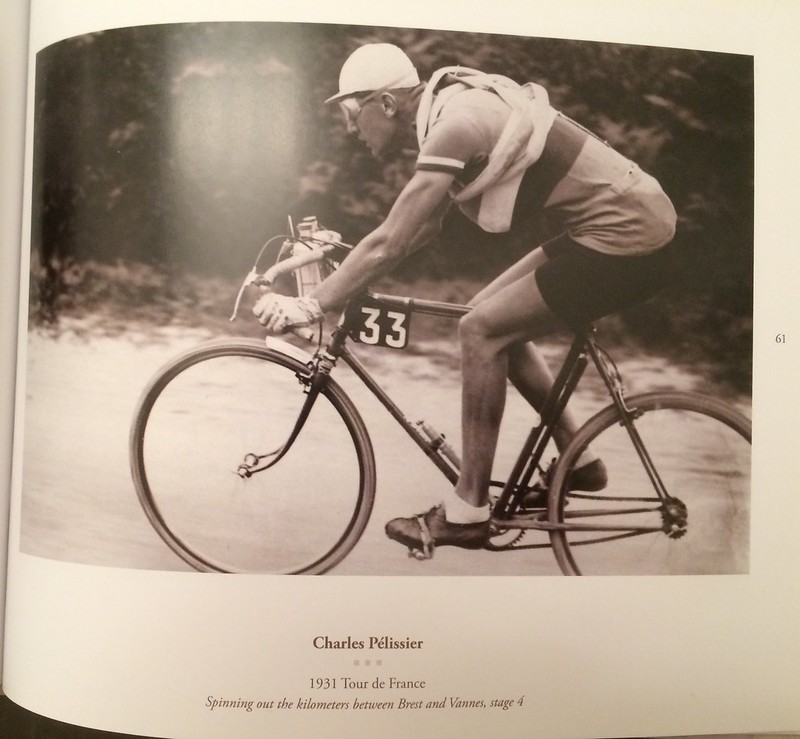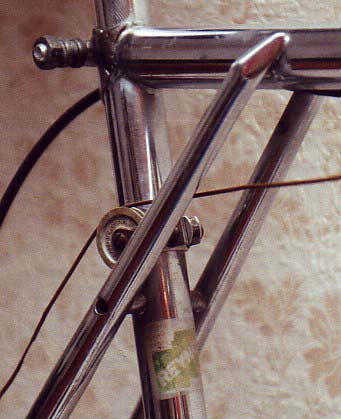GT Grade: geometry compared to Trek
GT has come out with a really cool new bike, the Grade Carbon, which is designed to the "all-road" model for bikes able to handle paved roads, dirt, gravel, and trails. That starts with a bike designed with tire clearance first (35 mm), then with a frame design with compliance as a first priority. So GT builds into the frame exceptionally flexible seat stays to provide suspension for the rear wheel. It also has swept out handlebars, which I'm tempted to call novel. Tire clearance in the rear means long chainstays, and the Grade Carbon has by today's standards exceptionally long ones, at 430 mm. It also has a really slack head tube.

One issue with "endurance" bikes is always geometry. Numbers are here:

Here's a comparison of the GT Grade to the Trek geometries:

The GT Grade is very close to the Domane 6, which is considerably more relaxed than the H2 (it's sort of an extrapolated H3). By the way, those diagonal lines show the effect of 1 cm changes in spacer stack height, or for changes in length of a zero-degee stem, both for a 73 deg head tube. So they'd be perpendicular if the axes had the same scale. Note changing a -17 deg stem (for a 73 deg head tube) would result in a pure change in reach, but changing the stack height of spacers increases stack but reduces effective reach.
I thing I find interesting is this bike has an awful lot in common with Tour de France bikes in the late 1920's, early 1930's. Here's Charles Pélissier, TdF 1931, from Goggles and Dust, which is a fantastic book:

Interesting aspects:
- bottles on handlebars, with small fender to keep mud off
- pump mounted on frame + something else I am not sure of (spare pump?)
- Wing nuts to remove wheels, not yet quick releases, which came in in the early 1930's.
- extra sew-ups wrapped around torso: not so aero but pros did this for a half-century. They stopped when car support became reliable but amateurs without team car support also stopped at same time.
- Single gear (two if you flip the wheel): this was the tail end of the "no derailleurs" era in the TdF. The tourists were using them but the TdF was retro. Sort of like this being the last year of no disc brakes, on a much lower level. Average speeds increased significantly when derailleurs became allowed. Riders would swap bikes to get lower gears for long climbs or to switch to the flats, however.
- Super-skinny stays, long wheel-base, fat tires: a lot of dirt and cobbled roads and huge stage distance, plenty > 300 km, although the photo is of an "only" 211 km stage.
- No elastomer seat stay shocks I can see :)
- position isn't as relaxed as you often read, but negligible handlebar drop: bars were moved out, not down, then they'd ride in the drops.
- Unzipped wool jersey: terrible aerdynamically but while guys obviously realized you needed to be low unzipped jerseys remained common until very recently. You still see it occasionally.
- No helmet (obviously) and yet somehow they all survived, perhaps at an even greater rate than at present.
- Goggles which are effective at keeping the dust out of the eyes.
- Jersey shows colors of France because in 1931 the Tour was raced by national teams, not trade teams.
Stats on a 1927 Alcyon Tour de France bike from Jan Heine's book: 13.0 kg, 700x30 mm wheels, 66 deg HTA, 67.5 deg STA, 80 mm fork rake, 490 mm chain stays, 465 mm handlebar width (flared out), 165 mm crank length, 124 mm Q, 62 mm trail, gears (from 1926 Automoto Tour de France): 46/16 fixed and 46/20 freewheel.
So the bikes in the era were like the GT Grade on steroids: super-slack head tubes, extremely long chainstays, and you can see those chainstays and seat stays flexing, and it's hard to imagine those fork blades not doing so. Massive tire clearance provided mud clearance. And the handlebars are very similar. All the GT Grade is missing here is a single-speed drivetrain. Although it's easy to imagine one of these thing getting set up with SRAM's Force 1, which eliminates the front derailleur, at least. But the Grade isn't available as a frameset, from what I can tell.
I'm not a fan of that geometry, however.
By the way, GT has a certain brand image on those triangulated chainstays but they're not new, either. As I was reminded from a recent blog post by Jim Langley, they are called "Hellenic" stays, and here's an example from a 1948 Silverlight:

Here's the Routens Jim photoed at the Eroica in Paso Robles:

Here's a close-up of the Grade:


Comments